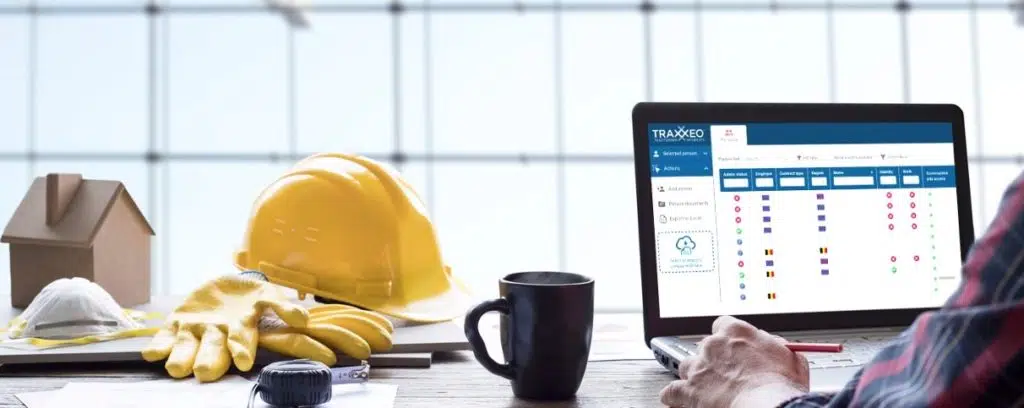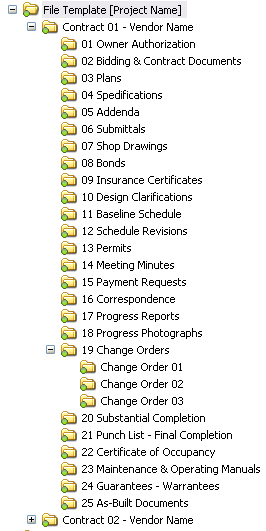Raise Your Task Management: Construction Document Management Equipment You Required
Raise Your Task Management: Construction Document Management Equipment You Required
Blog Article
Enhancing Operations Efficiency: Engineer's Specialist Strategies for Building Document Administration
In the world of building style and building and construction, the thorough management of papers stands as a cornerstone for project success. These techniques not just ensure smooth project progression yet likewise hold the crucial to opening boosted efficiency and precision in the elaborate realm of building and construction record administration.
Secret Record Organization Techniques
When handling construction papers, one of the essential strategies that engineers use is developing a organized and efficient organization system. This system generally entails categorizing records based upon their kind, such as drawings, requirements, contracts, and allows. By producing unique and clear categories, designers can promptly situate particular details when required, conserving time and reducing errors in the construction procedure.
Within each group, designers additionally arrange records by creating subfolders or making use of numbering systems to represent versions or revisions (construction document management). This ordered structure makes certain that one of the most existing and relevant information is conveniently accessible while preserving a document of modifications made throughout the job timeline
In addition, designers commonly make use of electronic record monitoring systems that offer functions like keyword search features, version control, and gain access to limitations to enhance company and partnership among task stakeholders. These devices enhance the record access process, advertise real-time updates, and facilitate seamless communication, ultimately contributing to the total success of the building job.
Collaborative Platform Assimilation
To enhance record monitoring effectiveness in construction projects, designers effortlessly integrate collaborative systems to enhance interaction and enhance sychronisation amongst task stakeholders. By leveraging collaborative systems such as job administration software application, cloud-based storage systems, and interaction tools, engineers can develop a centralized center for all project-related records and interaction networks. These platforms permit employee to access, testimonial, and team up on files in real-time, reducing hold-ups and the risk of mistakes associated with typical file management methods.
Collective platform combination likewise fosters transparency and accountability within the project team, as all stakeholders have visibility right into the current job updates and alterations. By streamlining communication and paper sharing, architects can make sure that all employee are working from one of the most up-to-date information, reducing the opportunities of misunderstandings or conflicts developing as a result of out-of-date papers.
In addition, collective systems make it possible for seamless cooperation between architects, professionals, customers, and various other project stakeholders, promoting a much more efficient and natural project workflow. By breaking down communication barriers and helping with information exchange, designers can drive performance and innovation in construction projects, eventually causing successful project end results.
Version Control Best Practices
Carrying out efficient version control methods is vital for maintaining file accuracy and uniformity in building projects. By developing a clear system for managing revisions, project groups can make sure that everybody is functioning from one of the most updated paperwork, lowering the risk of mistakes and discrepancies during the building and construction phase.
One of the crucial best methods for version control is to designate special identifiers to every file version. This can be attained by making use of a numbering system or day stamp that clearly shows the order of alterations. By clearly identifying each model, staff member can easily track the progression of the record and determine the most recent variation.

Automation Devices for Performance

Record control software program, like Procore or PlanGrid, systematizes task documents, making it easily obtainable to all stakeholders. These systems enable for real-time partnership, variation control, and automated backups, guarding versus data loss. Furthermore, Structure Details Modeling (BIM) software program automates the generation of building and construction drawings and makes certain that adjustments are integrated across all relevant documents.
Integrating automation devices with cloud storage remedies even more boosts ease of access and safety. By automating the record management process, task groups can concentrate their effort and time on value-adding activities, ultimately boosting efficiency and task results.
Secure Information Monitoring Solutions
Effectively managing and protecting project data is paramount in the construction market to make sure discretion and integrity throughout the task lifecycle. Building companies can utilize encrypted cloud storage solutions to securely store and share project records with authorized workers.
In addition, utilizing electronic rights monitoring (DRM) tools adds an additional layer of protection by stopping the unauthorized circulation or replication of job papers. Normal data backups are vital to reduce the risk of information loss due to unpredicted conditions like equipment failures or cyber-attacks. Collective platforms with built-in safety and security functions enable smooth interaction and file sharing among job employee while maintaining information honesty.
Final Thought
To conclude, applying vital document company methods, incorporating collaborative platforms, practicing variation control best practices, using automation devices, and taking on secure data administration options are essential methods for boosting operations performance in construction document management. These professional techniques can enhance processes, improve interaction, make sure accuracy, and maintain information safety and security throughout the building and construction task lifecycle.
In the realm of building design and building, the thorough monitoring of files stands as a foundation for project Bonuses success. These approaches not only make sure smooth job development but likewise hold the key to opening enhanced productivity and precision in the complex world of building and construction record administration.
To enhance document administration effectiveness in construction jobs, architects effortlessly incorporate joint systems to boost interaction and enhance control among project stakeholders. These platforms enable team members to gain access to, testimonial, and work together on documents in real-time, lowering delays and the threat of errors linked with typical record monitoring approaches.
Making use of automation tools in construction file monitoring significantly improves effectiveness and streamlines processes for job teams. construction document management.
Report this page